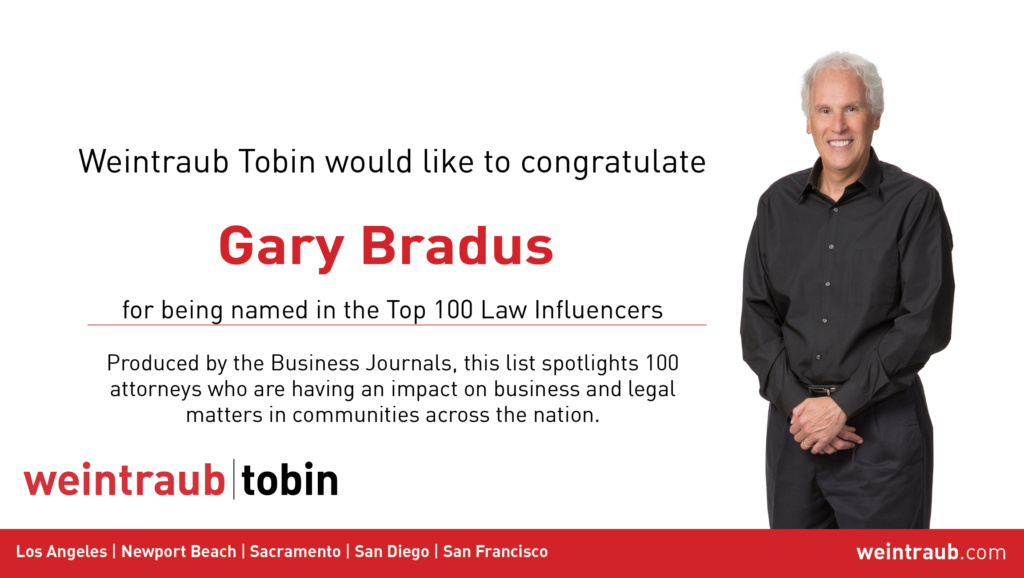37 Weintraub Tobin Attorneys Named Among 2018 Super Lawyers and Rising Stars
Published: July 10, 2018
Super Lawyers has released its Northern California, Southern California and San Diego lists of outstanding attorneys for 2018, on which 37 Weintraub Tobin attorneys have been included. Five Weintraub Tobin attorneys received special recognition as a Top 25 Sacramento Super Lawyer.


